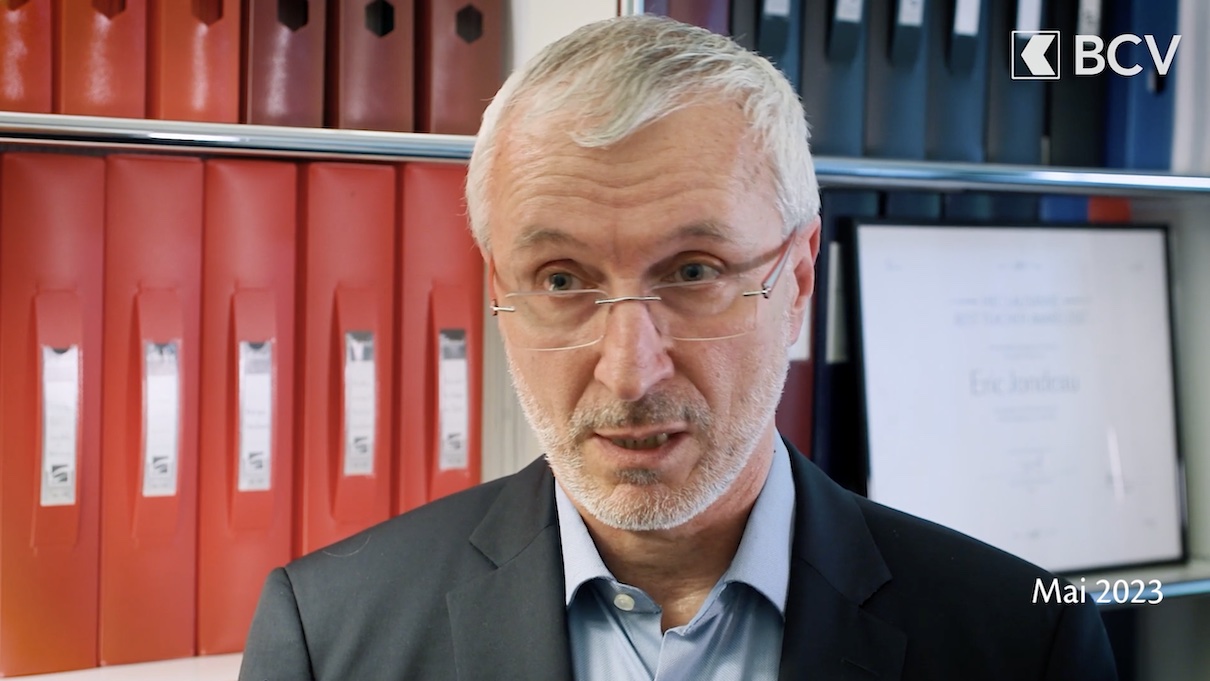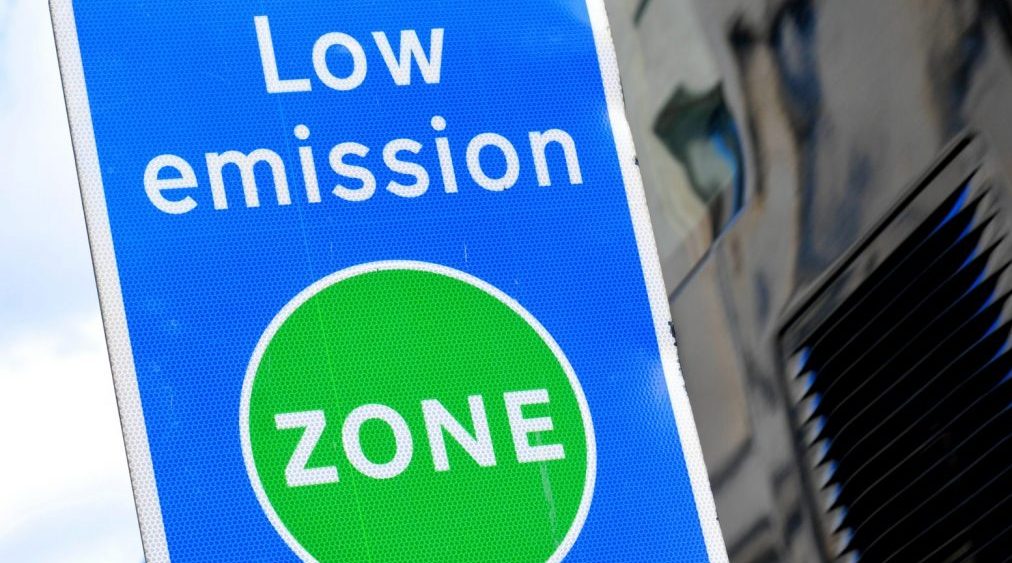Greenhouse gas emissions from buildings owned by Swiss real estate investment vehicles fell by around 10% in 2021 on the previous year. According to the second annual study looking at the ESG commitments of Swiss real estate funds, foundations and companies – carried out by researchers at the Faculty of Business and Economics of the University of Lausanne (HEC Lausanne) in collaboration with BCV – there was a shift toward renewables and away from fossil energy, which accounted for 42% of the buildings’ energy mix, down from 46% in 2020.
After the first study analyzing 2020 data, which was published last year, researchers at HEC Lausanne’s Center for Risk Management (CRML) again looked at the three main types of indirect Swiss real estate investments (as opposed to direct ownership of buildings): funds, foundations and real estate companies. The analysis focused particularly on how these vehicles factor in ESG (environmental, social and governance) criteria, as well as their energy strategies, in view of Switzerland’s aim of becoming climate-neutral by 2050. The results of this second study, based on 2021 data, were published today. The study will be updated annually.
For investors, and pension funds in particular, this analysis provides a valuable benchmark. Indirect real estate investment vehicles – a total of 143 funds, foundations and real estate companies with CHF 177bn in assets – play an important role in many portfolios. Increasingly, investors are taking ESG criteria into account when making investment decisions across all asset classes, including equities, bonds and real estate. In environmental terms, buildings are one of the main sources of CO2 emissions in Switzerland, accounting for around a quarter of the total, and there is significant scope for reducing those emissions.
This second study covered 72 funds, foundations and real estate companies with CHF 145bn of assets and representing 82% of the market (96% in the case of listed investment funds). The data came from answers to a questionnaire sent out in 2022, as well as from annual reports and social responsibility reports, supplemented by information collected in the previous study. The sample comprised almost 7,600 buildings with aggregate floorspace of 28.4 million m², and the study looked at more than 500 qualitative and quantitative data points relating to ESG criteria.
More heat pumps, wood and solar thermal
The main developments highlighted by both studies include measures to reduce buildings’ CO2 emissions in accordance with the long-term targets adopted by most asset managers. For heating and hot water, there is a move away from fossil fuels (natural gas and heating oil) – which declined from 46% of the buildings’ energy mix in 2020 to 42% in 2021 – and toward heat pumps and, to a lesser extent, wood and other renewable solutions such as solar thermal. District heating is the second-largest source of energy overall (renewable or not), while heat pumps are increasingly popular, accounting for 16.5% of the energy mix in 2021, up from 10% in 2020. The study also shows a substantial reduction in electric heating (down from 12% to 8%).
While the social dimension previously attracted less attention from asset managers, it is now a growing area of focus. The study shows that 54% of asset managers had published a policy in this area in 2021, up from 45% a year earlier. The main improvements were among real estate companies and investment funds. Social policies most often relate to working conditions, while community engagement is less of a priority.
As regards governance, the proportion of asset managers publishing a policy also rose, from 47% to 58%. Again, the main improvements took place among real estate companies and investment funds. Policies cover many facets of governance, starting with preventing conflicts of interest, managing risks and fulfilling fiduciary duties. Environmental commitments also have a governance aspect, and the proportion of managers who had signed the United Nations’ Principles for Responsible Investment (UNPRI) by 2021 increased to around 55%.
On a less positive note, although real estate portfolios are delivering good results regarding energy consumption and CO2 emissions, their performance is weaker in other areas such as waste management, pollution prevention, biodiversity and disaster resilience. This was also the case in the previous study, however, and there were improvements in these areas in 2021.
Trend towards greater transparency
Eric Jondeau, HEC Lausanne professor and co-director of the CRML, said: “This second study significantly extends the analysis of ESG practices in the real estate investment market. It covers more than 80% of the market, including almost all listed funds, allowing us to carry out a near-exhaustive analysis. In addition, the second study gave us the opportunity to perform dynamic analysis, showing that the market is undergoing a large-scale and generally positive change. Encouraging trends include the fall in emissions of course, but also the increasing emphasis on social matters.”
Philippe Gabella, head of indirect real estate investment within BCV’s Asset Management department, added: “The study’s results, together with its broader market coverage, reflect the progress that real estate portfolio managers have made in the area of socially responsible investing. The increase in the number of managers publishing data on greenhouse gas emissions and energy consumption represents a much-needed step towards standardization. And by highlighting the effort being made by portfolio managers and the gaps they still need to fill, this second study enhances transparency throughout the Swiss real estate market.”
Further information
- The study can be downloaded from the CRML website.
- Watch the video (6 minutes, French)




